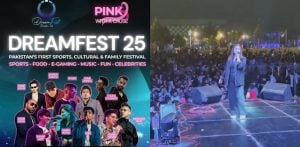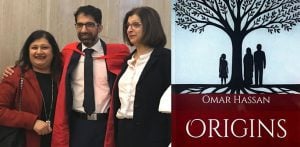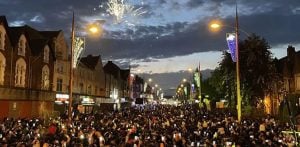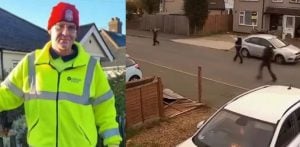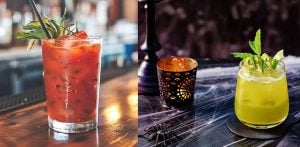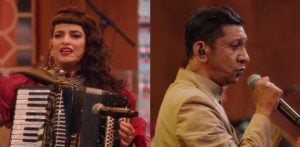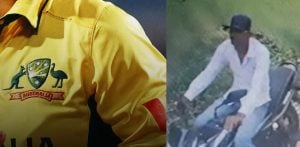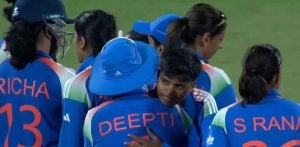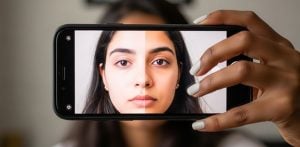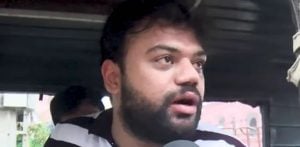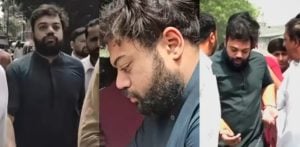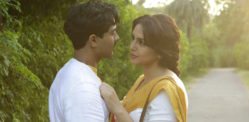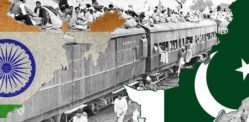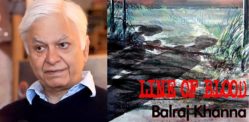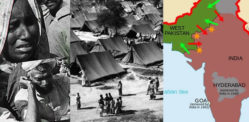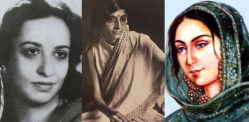You can see the lifelessness in his eyes
The 1947 Partition was a cataclysmic event that uprooted millions of people from their homes and caused widespread violence and chaos.
It was a moment of trauma that is still felt by many today.
In the midst of this upheaval, photographers and journalists documented the social and emotional cost of the partition, capturing images of the violence and suffering that defined this historic event.
These images are shocking, and they serve as a powerful reminder of the horrors that millions of people had to deal with.
No Room
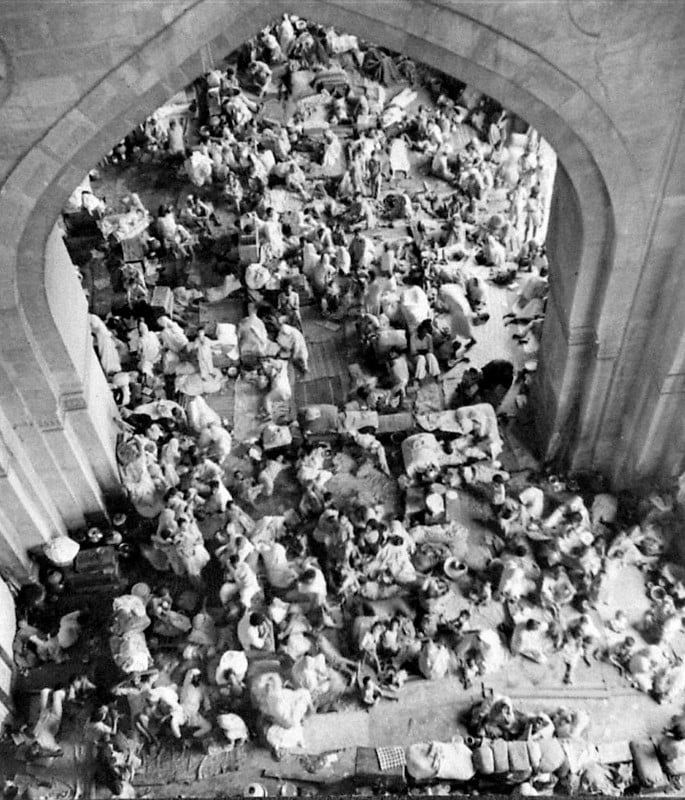
The Partition caused mass devastation across India and the newly formed Pakistan.
Many people were displaced due to the violence and had to take shelter elsewhere.
However, due to the loss of so many villages and the fear in communities, they often had to find a settlement where thousands of others already were.
As seen in this image, bodies were laid side by side or even overlapping each other. These people found it hard to survive as most of them needed medical treatment.
But resources were very low and the demand was so high that many individuals died.
Tears of Loss
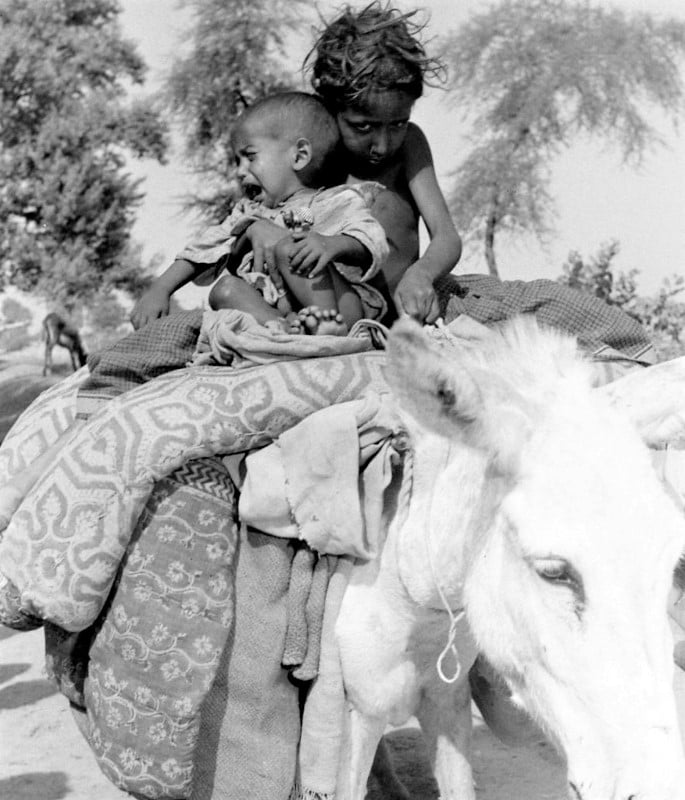
Undeniably, the number of children who lost their parents or elders to the Partition was astonishing.
And, because of so many other adults focusing on their own families, many of these children were left to fend for themselves.
Filled with sadness, anxiety and pain, they either had to follow the crowd or fend for themselves.
Younger children were of course scarred by the situation.
Not only couldn’t they deal with the loss of their family, but they also did not understand the magnitude of the situation they were in.
Stares of Pain
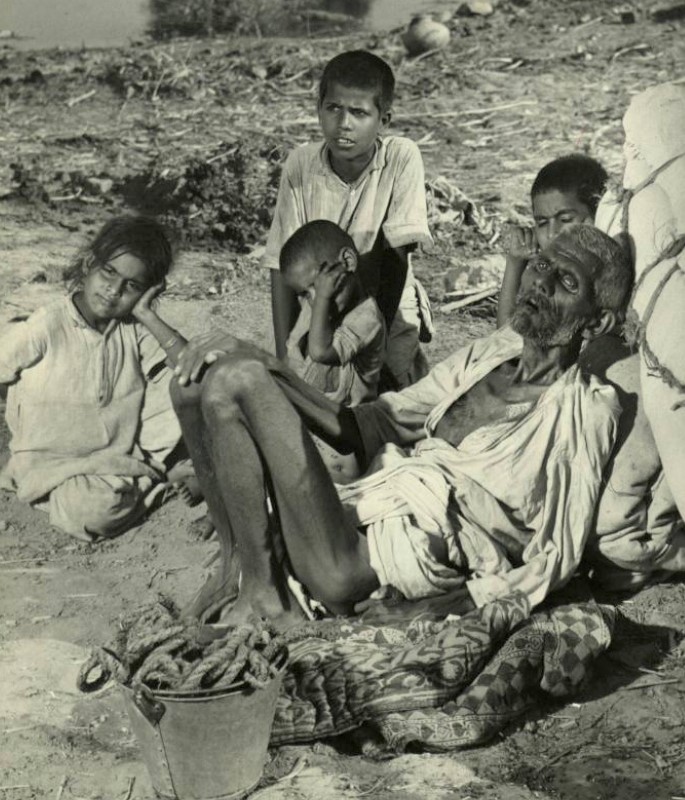
Due to so many villages and settlements getting destroyed, a lot of food supplies and water outlets were also ruined.
Therefore, a lot of families became malnourished and barely had any energy to search for any resources.
Here, you can see a family sitting in the rubble with the kids looking into the distance.
The most shocking aspect of the image is the elderly man sitting beside the children.
You can see the lifelessness in his eyes but also the impact the Partition has had on him physically.
Malnourished Feeding
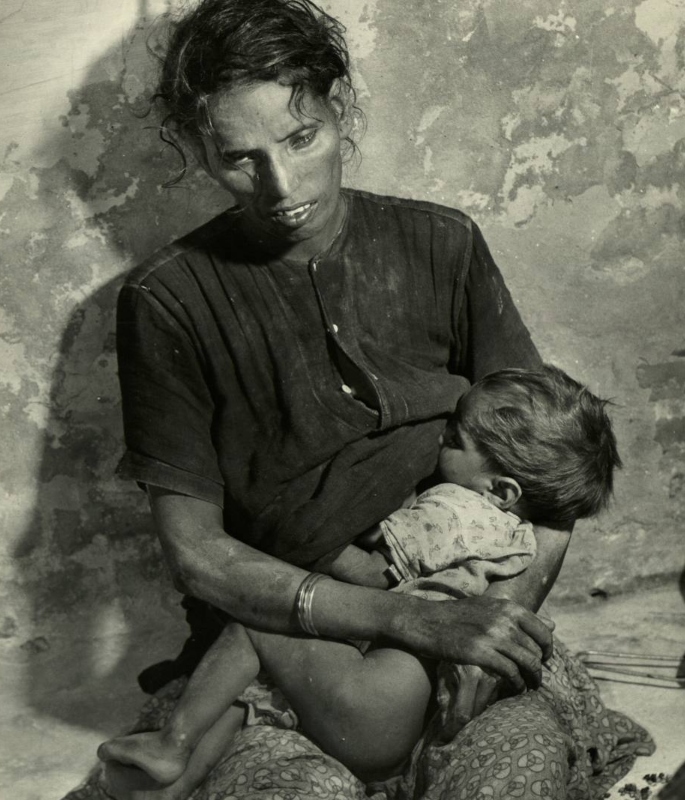
Many women and babies were displaced during and after the Partition and couldn’t eat or have access to water for days.
Some of these women were new mothers and had to feed their kids.
In the refugee camps where many families sought shelter, food was often scarce and of poor quality.
Breastfeeding was at a high in these communities and women had to feed their children by any means necessary, even if it meant risking their own energy and life.
The mother in this photo is drained and her eyes are barely open but her kid remained fed.
Unfortunately, some women eventually died in the aftermath of the Partition due to starvation.
Road Graveyard
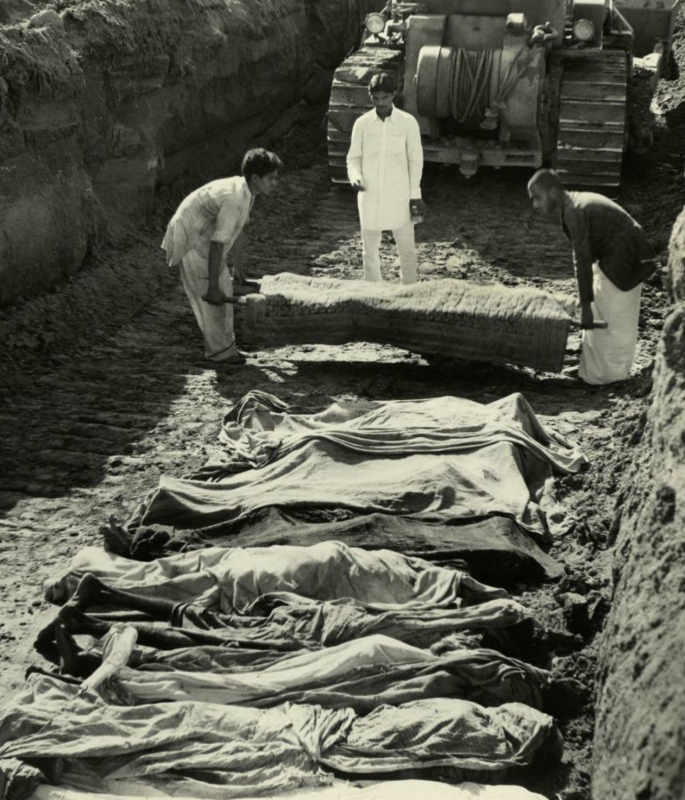
The amount of violence that ensued during the Partition was one of the most horrific consequences of the event.
There were communal riots, massacres, and targeted killings that claimed the lives of hundreds of thousands of people.
The violence was fueled by division and by the political and economic upheavals of the time.
The fighting affected people of all ages and backgrounds, from children to the elderly.
Due to this, massive holes had to be dug up in order to give the bodies a resting place with roads and fields turned into graveyards.
Lake of Bodies
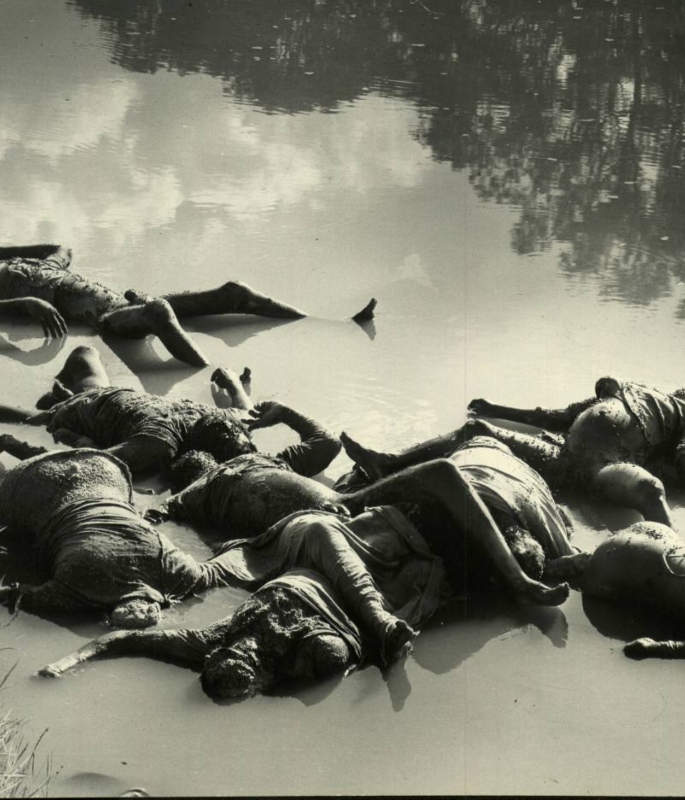
Whilst people tried to restore some order to the tragedy of the Partition, the aftermath of such violence couldn’t be avoided.
Houses, buildings and even lakes showed the impact of such terror.
Here, you can see the dead bodies of those who suffered in the most awful way floating on top of a lake.
What emphasises the gruesomeness of this image is the body on the right which appears to be a pregnant woman.
It shows that the disorder and fighting had no boundaries and even the most fragile people were shown no mercy.
Silent Terror
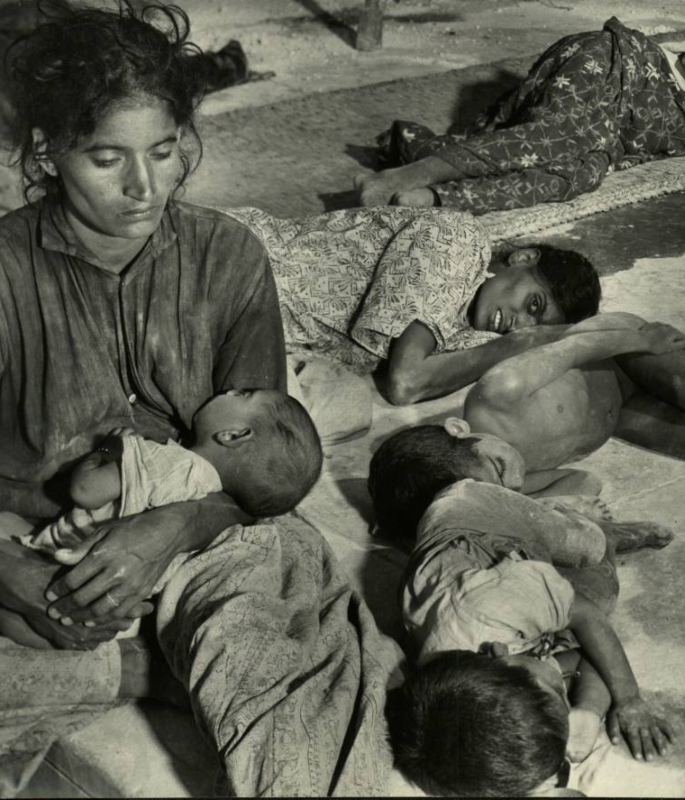
The 1947 Partition of India and Pakistan was a time of great upheaval and exhaustion for many people who lived through it.
Those who were forced to flee their homes and become refugees faced particularly difficult conditions.
If they reached safety, they often had to live in temporary camps or makeshift shelters, with limited access to basic necessities.
Many people experienced depression, anxiety, and other mental health problems.
This image speaks volumes even though it was a time of mourning and silence. Kids are resting and the women are restless.
A Makeshift Life

In most of the temporary camps, medical resources were scarce and people had to resort to makeshift utilities.
This woman is using a temporary drip made from a glass bottle. It symbolises a new makeshift life after the Partition.
What’s even sadder in this photo is the young girl overlooking her mother, covered in dust.
Many of these individuals couldn’t survive due to the lack of sterilisation.
Infections spread easily and those in critical conditions had minimal opportunity to seek proper medical help.
Helpless
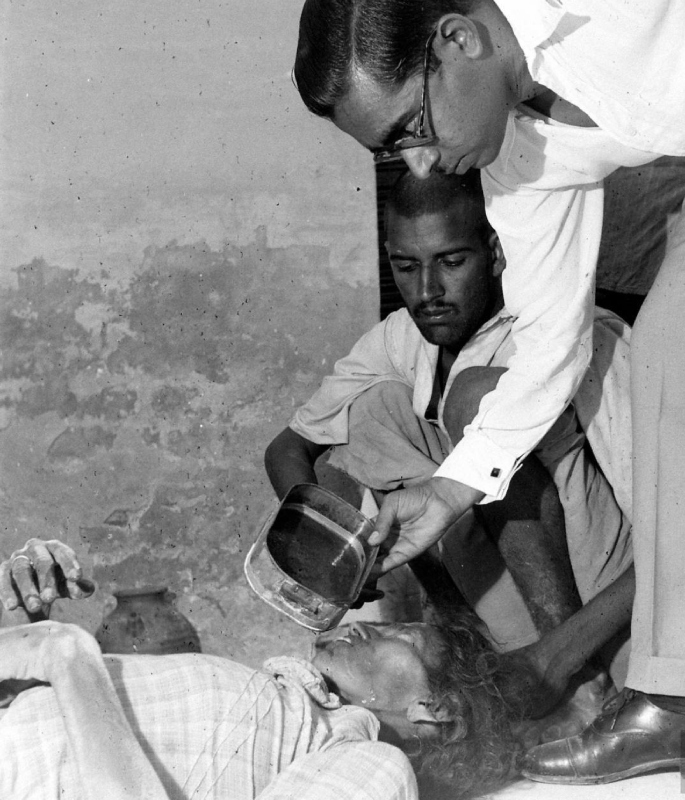
Doctors and nurses played a critical role during the Partition.
The brutality and trauma of the event created a massive humanitarian crisis, and medical professionals were at the forefront of efforts to provide relief and care to those in need.
In the refugee camps that sprung up in the wake of the partition, doctors and nurses worked tirelessly to provide care to refugees who were sick, injured, or malnourished.
They also worked to prevent the spread of diseases like cholera and typhoid, which were common in the crowded and unsanitary conditions of the camps.
Here, a doctor is trying to give some water to a woman out of a metal container.
Although her mouth is slightly open, some water does trickle down her cheek which shows just how frail and weak some people were.
Bloodshed

The gore and terror of the Partition still live with survivors today and the memories of bloodshed can never leave their minds.
Many people were killed trying to migrate as the division between certain communities was still fresh.
Here, a man was trying to get onto a train to Pakistan but was violently killed.
His body drenched in blood is left by the rail tracks with some documents.
He looked like an elderly man which meant this was his last chance at survival and it was snatched from him.
The photo serves as a reminder of how brutal the Partition was for thousands and millions of people.
Although they are difficult to look at, these images serve an important purpose in preserving the memory of those who were affected by the partition.
They also shape our understanding of its legacy and the impact it had on history.
We must consider the role of visual media in documenting and preserving the stories of those who have been impacted by conflict and displacement.
By doing so, we can ensure that the voices and experiences of those who have been silenced are not forgotten.




